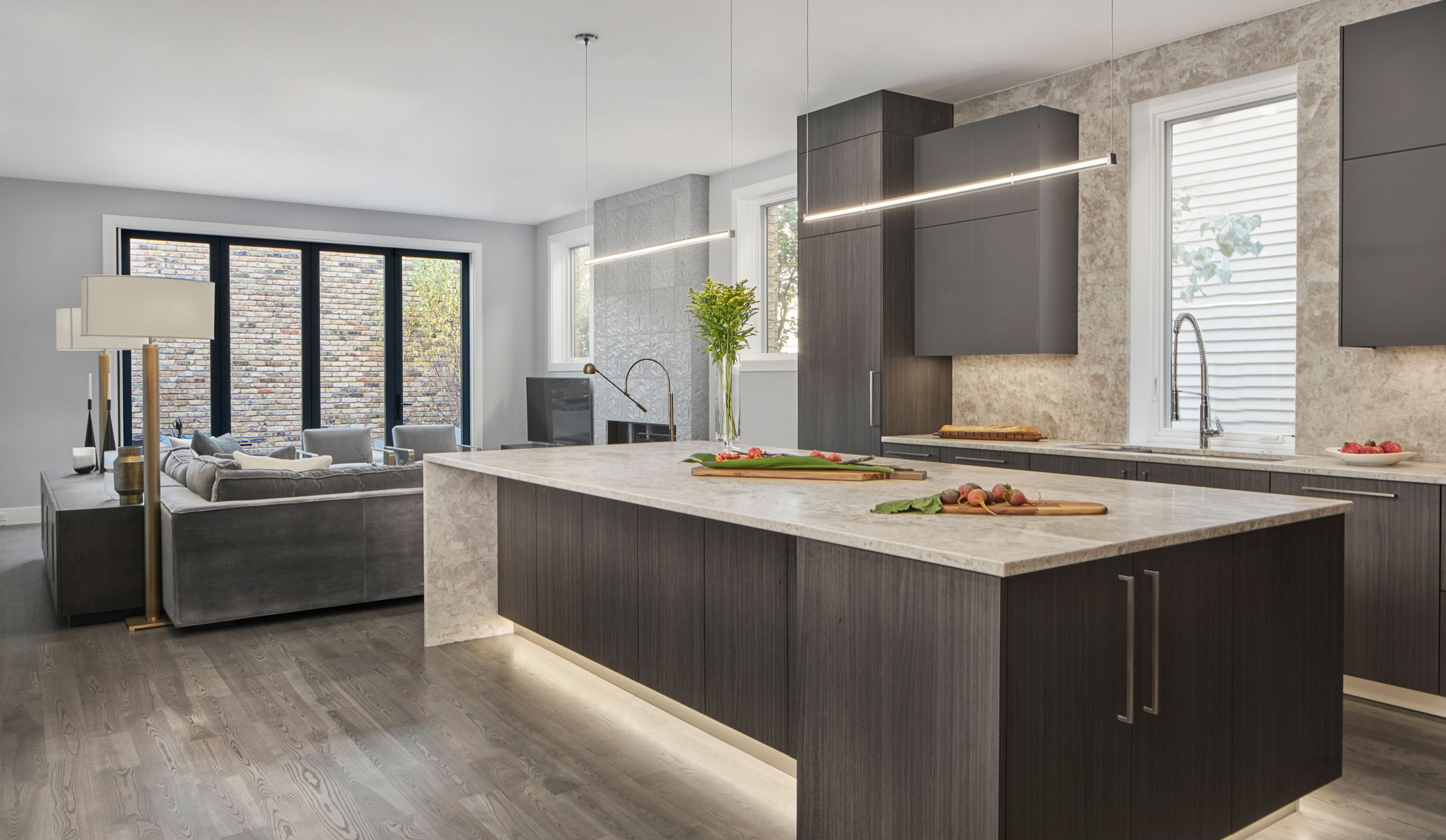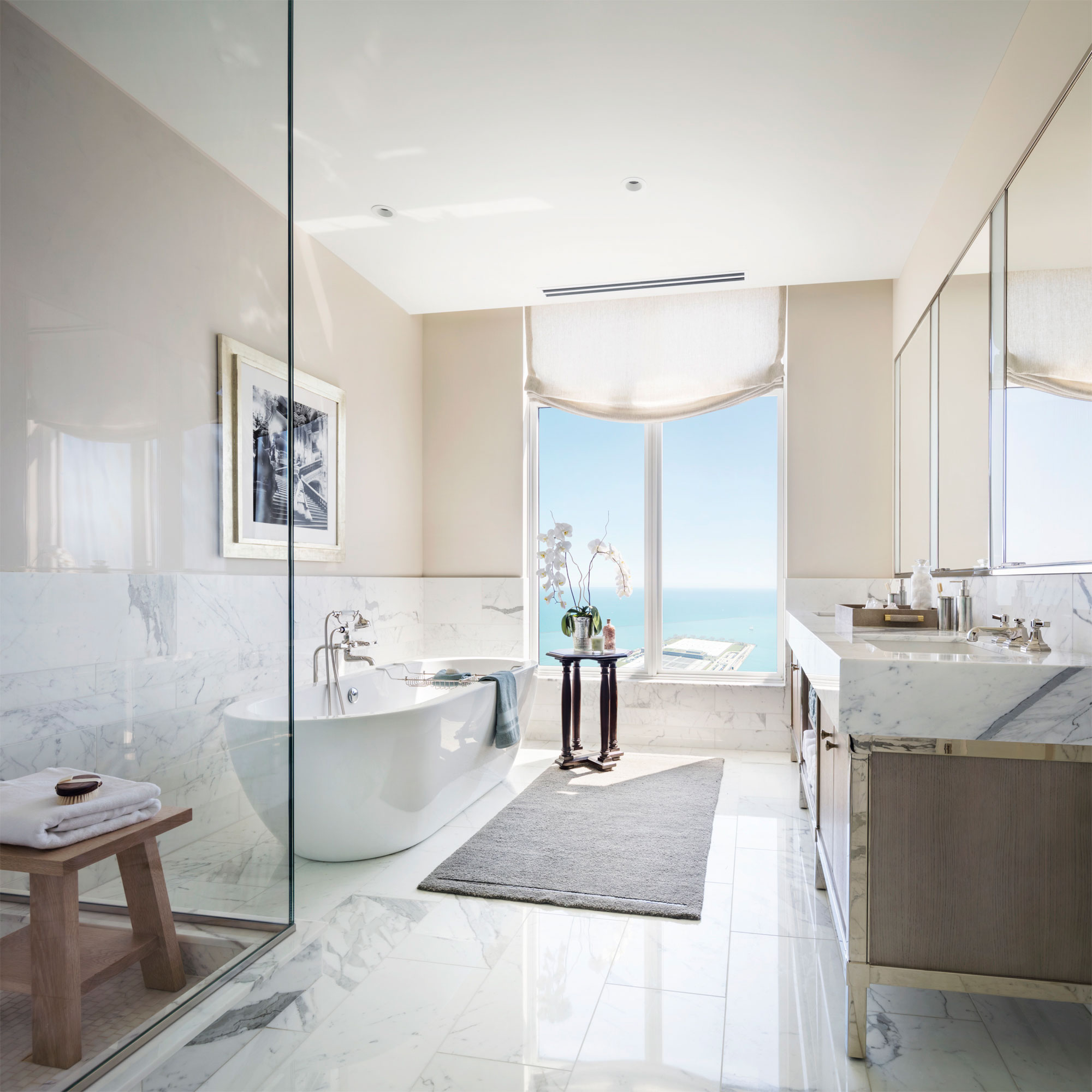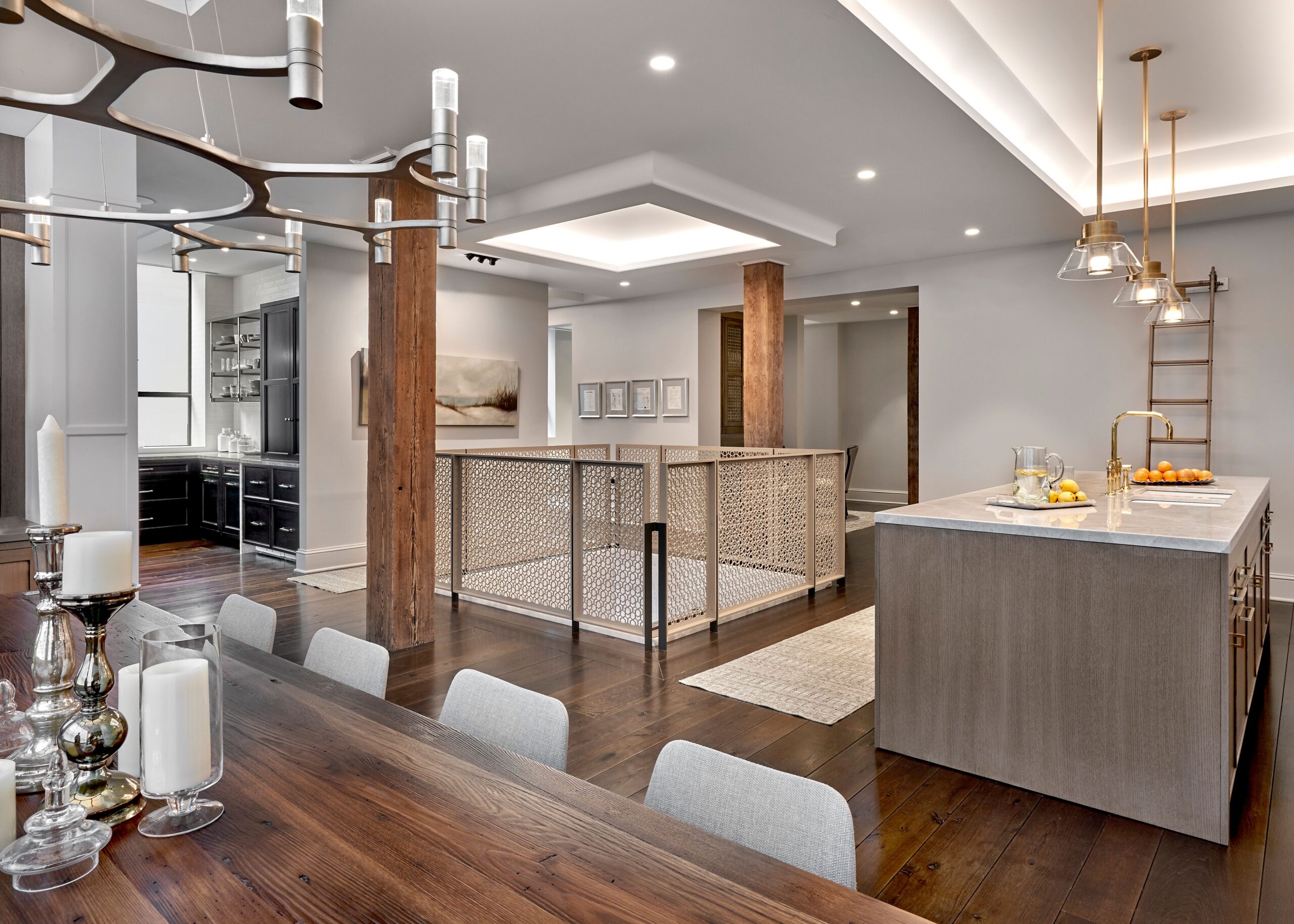At first thought, luxury design and sustainability might not seem to be in easy alignment. But at 210 Design House, we believe that eco-friendliness should not only be thoughtfully incorporated into high-quality design, but the two are actually an incredibly natural fit.
Many inherently believe that all design is a luxury, but in reality, choosing good design is the more responsible choice,” states 210 President, Rama Dandamudi. “Ensuring that you’re investing in products that align with your preferences and aesthetic means you’re not wasting money, materials, or energy on items that will eventually be discarded. When approached thoughtfully, good design automatically holds the potential to become more sustainable.”
Quality and Style that Stand the Test of Time
Dandamudi relates the decision to purchase inexpensive home products to buying a piece of clothing just because it’s deeply discounted. “We’ve all been guilty of buying a shirt just because it’s incredibly inexpensive, even though it doesn’t fit well or particularly match your style. Then guess what? You never wear it and eventually, you get rid of it. When you think about it, what seemed like a responsible choice at the time really wasn’t.”
The beautiful designs carried by 210 — ranging from Snaidero’s contemporary cabinetry to MisuraEmme’s stylish and flexible closet systems to Wall&decò’s chic, innovative wallcoverings — are timeless enough to withstand trends, with durability to match. “European kitchens prioritize high-quality materials that withstand the rigors of daily use,” according to a recent Medium article, and all of 210’s products follow suit.
“I recently had a developer reach out to me about a 500-unit apartment building we designed 11 years ago that he’d just updated,” Dandamudi says. “Typically, those types of apartment buildings have heavy wear and tear, and a renovation would have required replacing every single door in the building . They only had to replace six.”
Snaidero Kitchen at 500-unit Luxury apartment building, Chicago
This is especially notable in a country that’s disposing of furniture and home products at an alarming rate. According to the New York Times, “each year, Americans throw out more than 12 million tons of furniture, creating mountains of solid waste that have grown 450 percent since 1960, according to the Environmental Protection Agency.” 210 Design House aims to be part of the solution to that growing problem.
Sustainable Materials for Eco-luxury
The quality and durability of 210’s partner products — most of which follow Europe’s more rigorous environmental standards — starts with materials, Dandamudi says. Seventy percent of the wood product we use is certified by the Forest Stewardship Council (FSC) as sustainably sourced, 78 percent of the particle boards contain reusable products, and all of the wood products we work with are low VOC, meaning they contains volatile organic compounds that are not harmful to the environment or humans. Additionally, all the lacquer we use is water soluble, not oil based. “From the beginning of the manufacturing itself, it’s a sustainable approach,” Dandamudi says.
Snaidero Kitchen in collaboration with Frank Ponterio Interior Design — utilizing FSC certified wood, and water soluble lacquer
MisuraEmme’s water-soluble mat varnishes are an industry first, created in a years-long process and certified with the prestigious Aquaver mark by ANVER (Associazione Verniciatori Italiani), which designates the use of varnishing technologies with low environmental impact. MisuraEmme’s certificate bears the number 001, the first of its kind.
MisuraEmme projects in the works
Additionally, Dandamudi points to 210’s new melamine products that mimic wood, preventing further deforestation. “The product puts less pressure on the environment, and that’s the direction we’ve been going in quite aggressively,” he says.
Modeling Sustainability Through Practice and Process
Beyond the product it uses, 210 models environmental responsibility through its practices. Whether it involves reusing shipping boxes to protect cabinets during construction or working with existing products instead of completely gutting a kitchen, 210’s process prioritizes sustainability.
“In a recent luxury condo renovation in River North, we saved 70 percent of what was there,” Dandamudi says. “We were able to update that 30 percent while preventing the destruction and waste that typically comes with construction.”
Before and After Collaboration with Snaidero DC Metro – Snaidero Kitchens in a Chicago building that required minimal wastage for renovation
While undoubtedly a selling point for many clients, Dandamudi stresses that 210’s commitment to sustainable, eco-friendly practices are less about sales and more about bettering people’s lives, as more sustainable, environmentally conscious home products lead to healthier people living within those homes. “People think environmental certifications are just something that a specific community cares about, Dandamudi says, “but it has a real effect on real lives.”
For more information about how 210 Design House prioritizes environmental responsibility through our luxury products and designs, visit our River North showroom and our team of expert, in-house designers.









